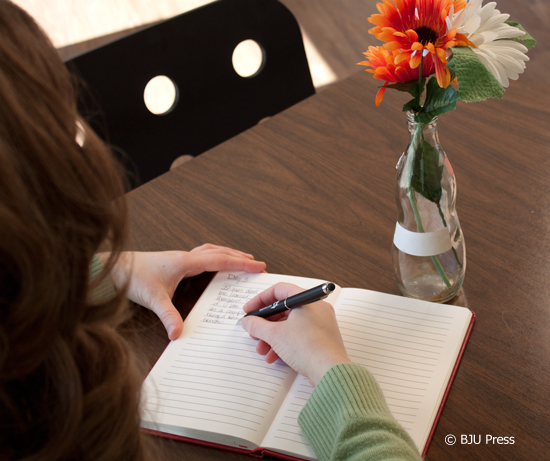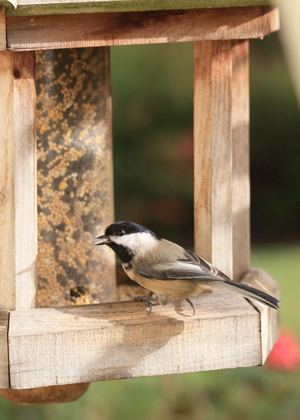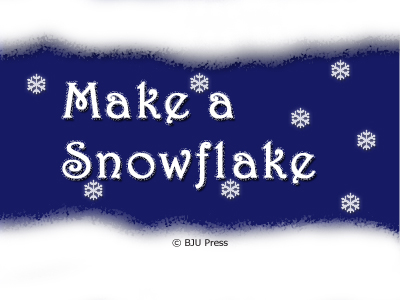We’re celebrating forty years of BJU Press art! An integral part of our products is the art our employees create to further communicate the meaning of the text that our authors write. Create, Communicate, Illuminate: The Art of BJU Press presents more than sixty pieces that show how the work of our employees in the department of art and design furthers our educational mission. Art media represented include colored pencil, watercolor, oil, acrylic, gouache, fiber, collage, digital, and polymer clay. If you’re in the Greenville area, come see the show in the exhibition corridor of the Sargent Art Building at Bob Jones University. It is on display until January 29. You can find directions here.
For those of you who are unable to attend, here are some photos of several pieces included in the show.
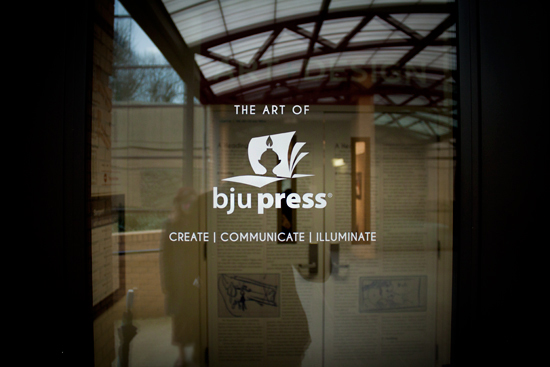
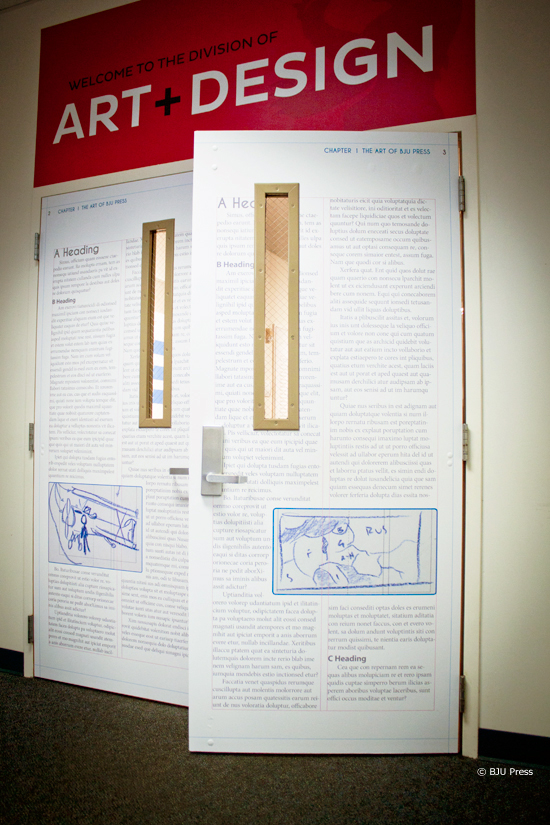
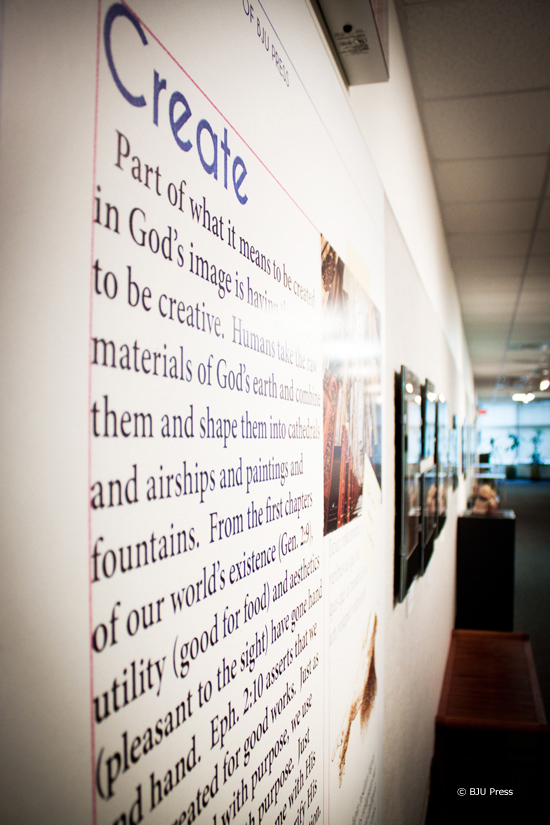
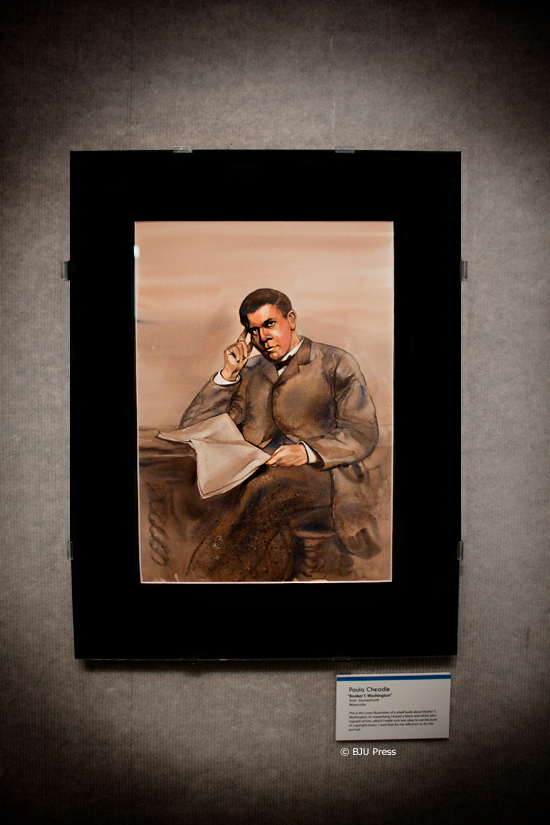
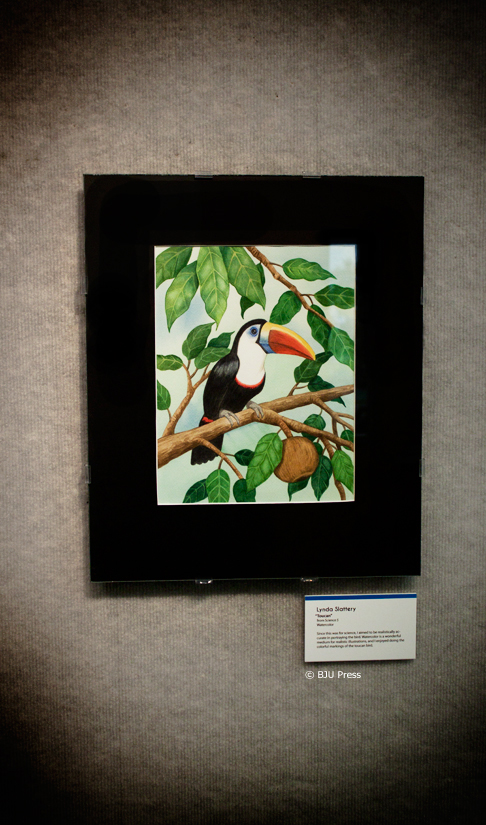
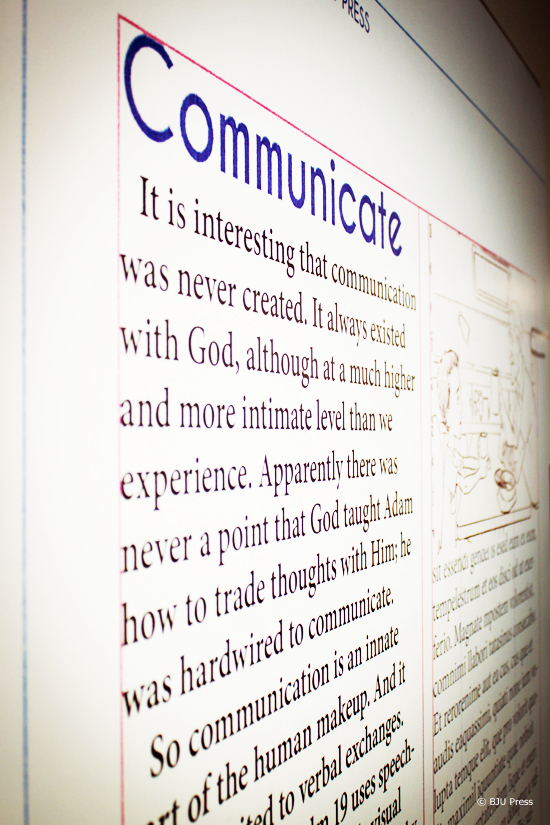
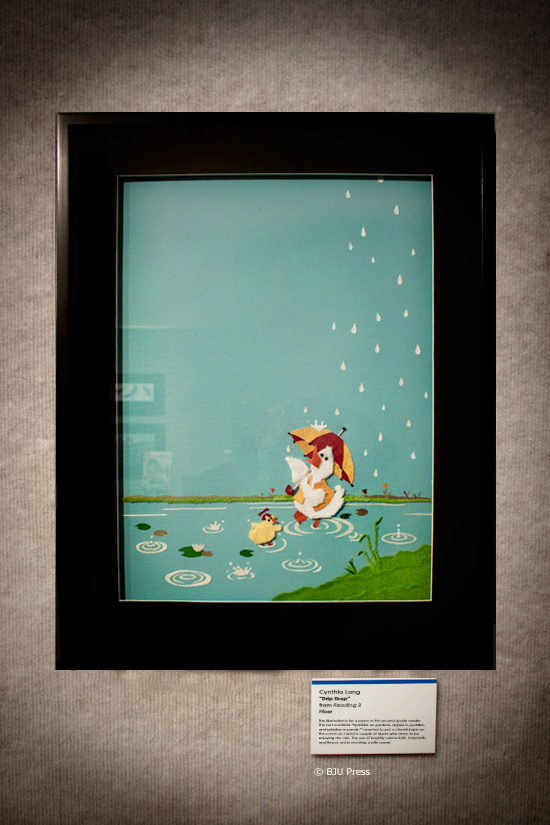
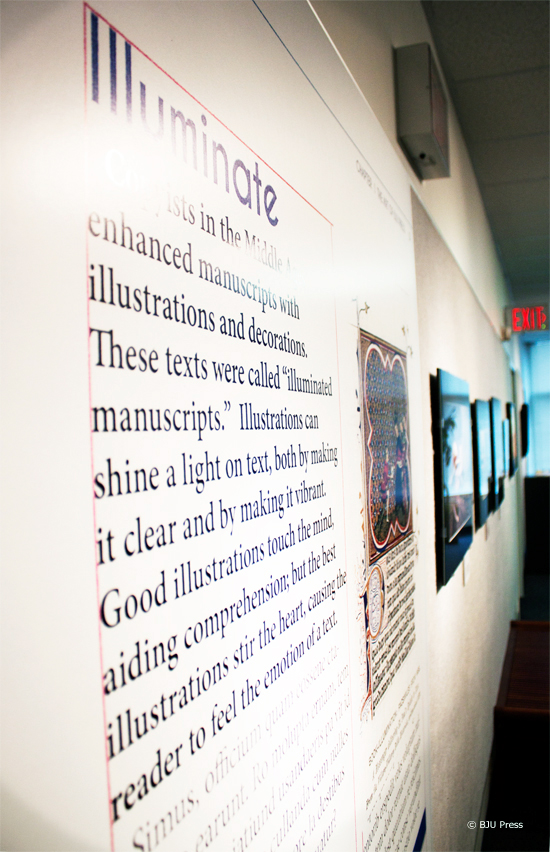




Images by David
What’s your favorite image from a BJU Press textbook or JourneyForth book?
